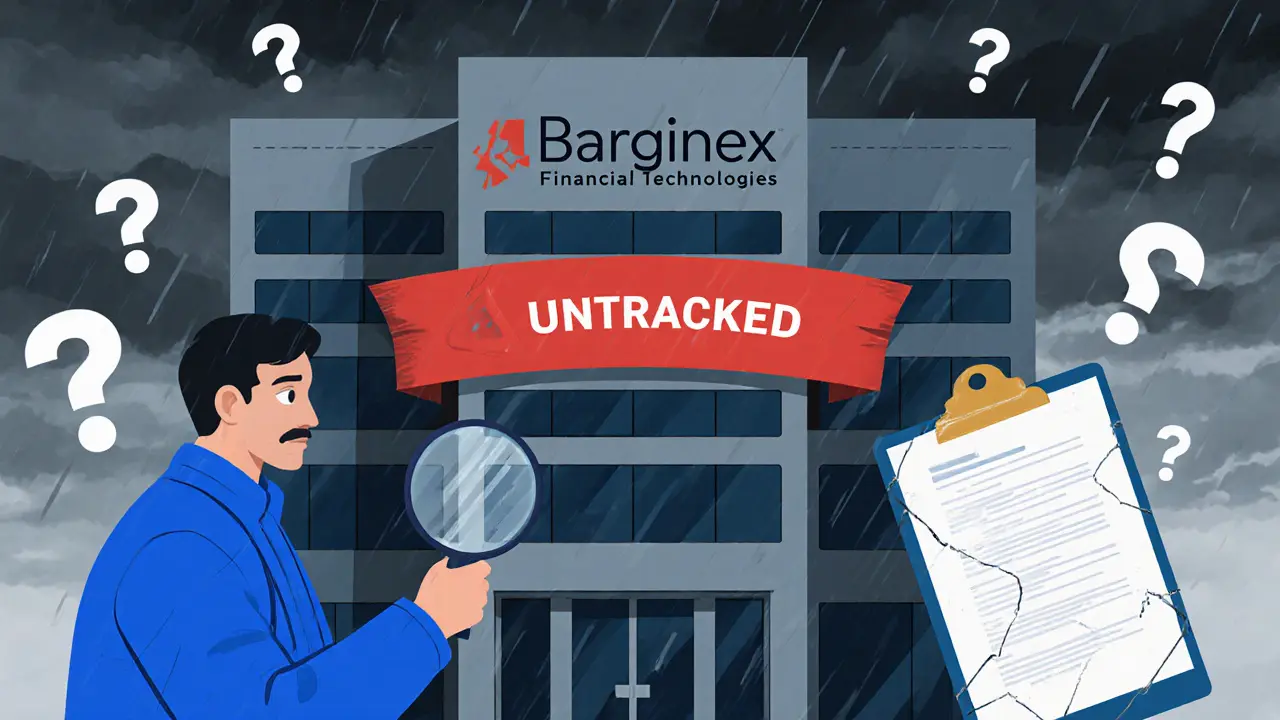Crypto Scam Red Flags – How to Spot Them Early
When you hear the term crypto scam red flags, key warning signs that indicate a fraudulent crypto project or activity, you instantly think of the countless headlines about lost funds and busted promises. Those warnings aren’t random—they form a pattern that savvy users can learn to read. Crypto scam red flags encompass phishing attacks, fake airdrops, and exchange impersonations, and each clue builds on the other. For example, a classic airdrop scam, a bogus token giveaway that tricks users into sending money or sharing private keys often arrives as an unsolicited DM with a glossy logo and a promise of free tokens. Spot the pressure‑tactics (“claim now or lose out”), the demand for a fee, and the request for wallet‑seed info—that’s a red flag screaming for attention. Another common indicator is the use of generic, copy‑pasted copy that mentions “guaranteed 500% returns” without any technical details. The more you internalize these attributes—unrealistic yields, urgency, and vague roadmaps—the easier it becomes to separate legit projects from deceptive ones. By learning to flag airdrop scams early, you automatically lower the overall risk landscape covered by crypto scam red flags, making every subsequent interaction safer.
One of the biggest amplifiers of risk comes from exchange scams, fraudulent platforms that mimic real exchanges to steal deposits or block withdrawals. These fake sites copy the look of popular services, hide behind unverified domains, and often lure users with “zero‑fee trading” or “instant KYC approval”. The red flags here include a missing licensing badge, a lack of verifiable team members, and complaints about withdrawals getting “stuck”. When an exchange scam surfaces, it directly feeds into the broader crypto scam red flags ecosystem by adding a financial lock‑in layer; victims lose not just a token but the confidence to trust any platform. Another layered threat is the rug pull, a sudden liquidity withdrawal by developers that leaves token holders with worthless assets. Rug pulls often follow a hype‑driven token launch, where the project promises massive utility but never delivers a working product. Look for warning signs like a tiny pool of liquidity, a contract owned by a single address, and aggressive marketing that pushes users to buy before the official listing. By cross‑checking these traits—ownership concentration, low liquidity, and exaggerated claims—you can dismantle the illusion before funds disappear. The interplay between exchange scams and rug pulls intensifies crypto scam red flags, turning a simple phishing email into a cascade of financial losses.
Beyond the technical tricks, social engineering remains the glue that holds many scams together. Impersonators on Telegram, Discord, or Twitter often claim to be “team members” or “official bots” and ask for private keys under the pretense of “security verification”. Their messages mirror the language of genuine projects but slip in subtle grammar quirks or unfamiliar emojis—a classic sign of a copycat. When such a message asks you to sign a transaction that sends assets to an unknown address, that’s another red flag layered on top of the broader scam taxonomy. Combining these social cues with the earlier patterns—airdrop scams, exchange fraud, and rug pulls—creates a robust detection framework. Armed with this checklist, you can audit any new opportunity: verify contract source code, check community sentiment on reputable forums, and always use a hardware wallet for large holdings. The articles below dive deeper into each of these warning signs, walk you through real‑world examples, and give step‑by‑step guides to stay one step ahead of scammers.
Barginex Financial Technologies Crypto Exchange Review - Red Flags & Risks
A deep review of Barginex Financial Technologies, highlighting its untracked status, missing licenses, security gaps, and safer exchange alternatives for 2025 traders.
